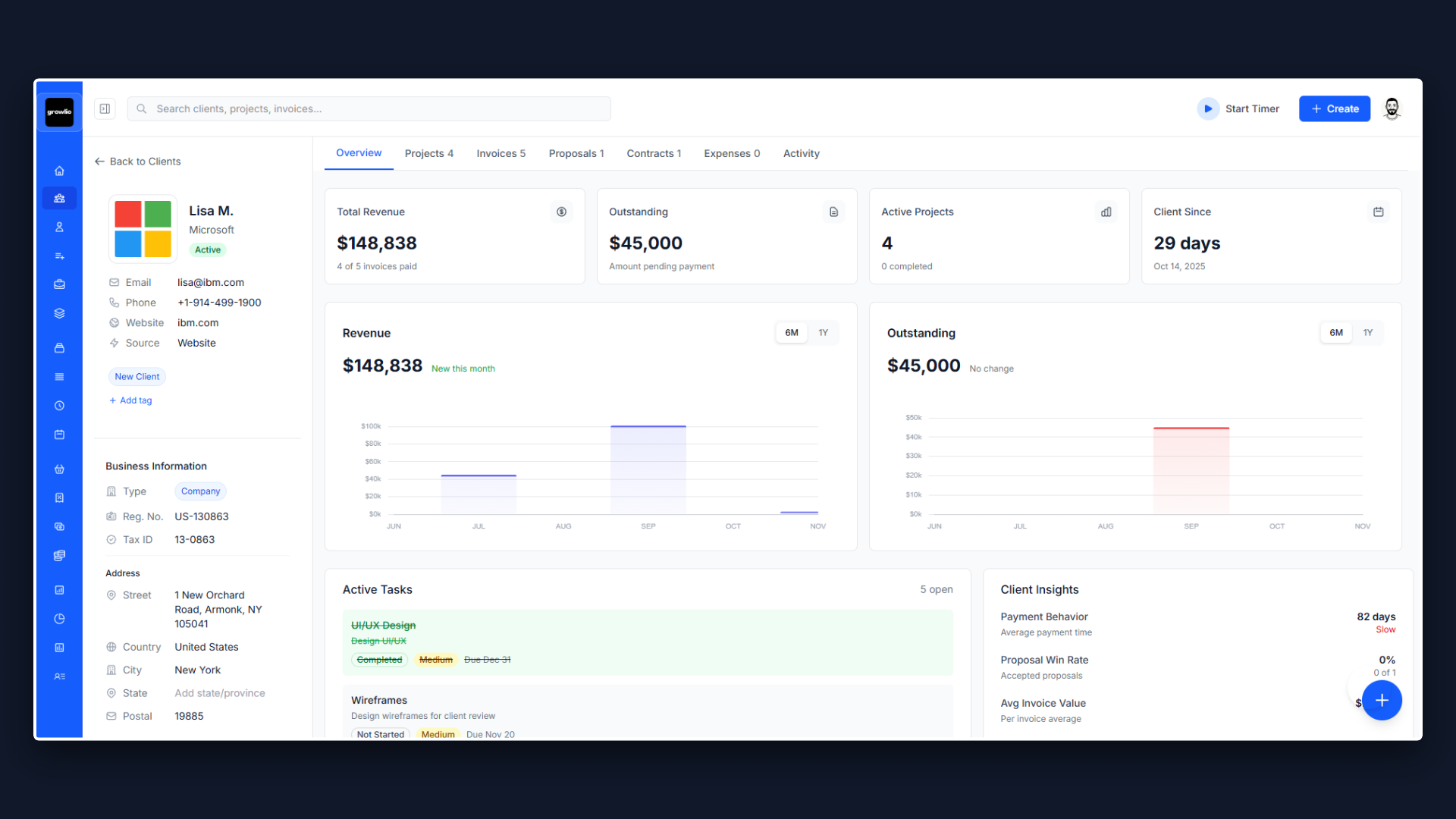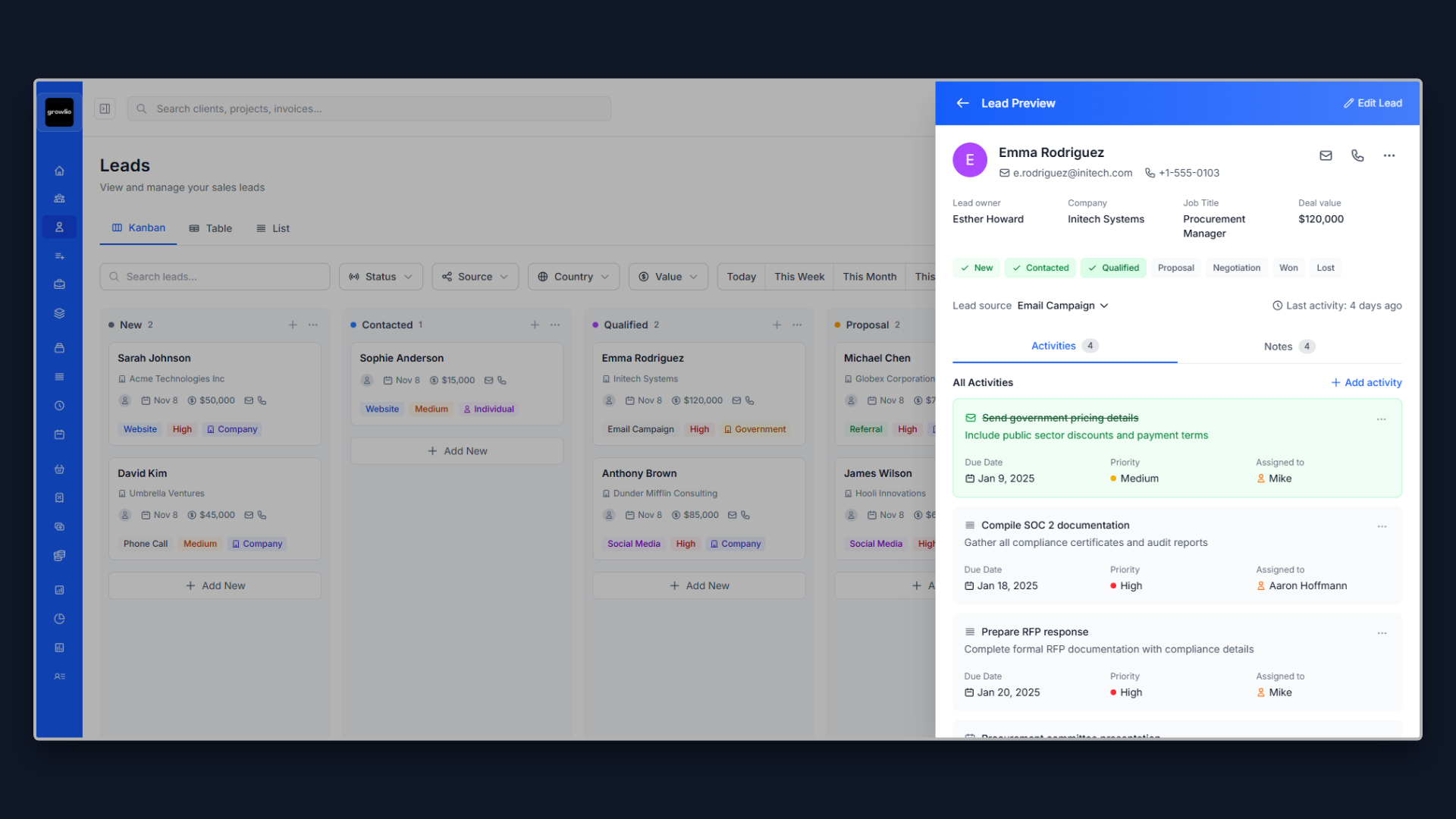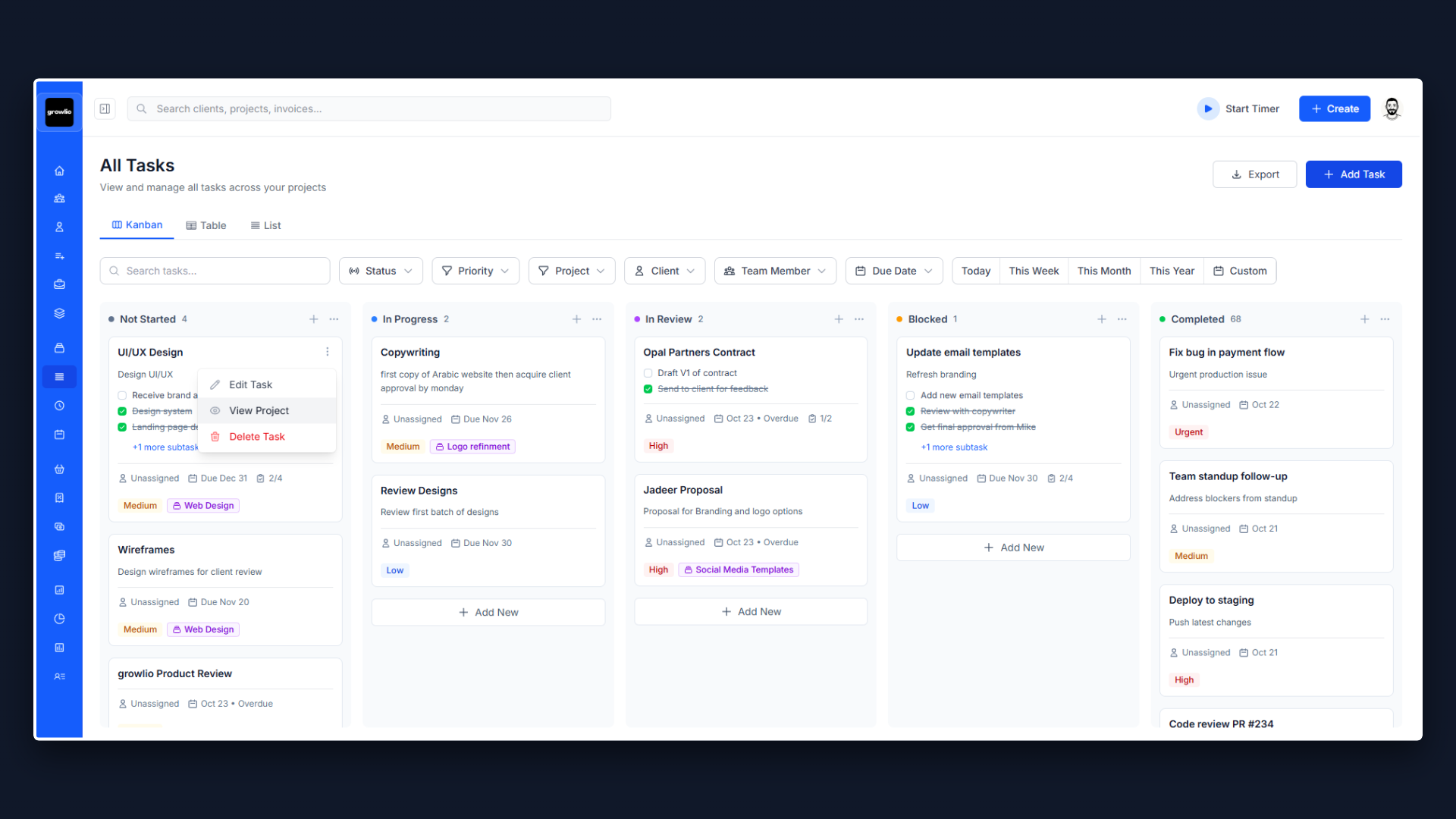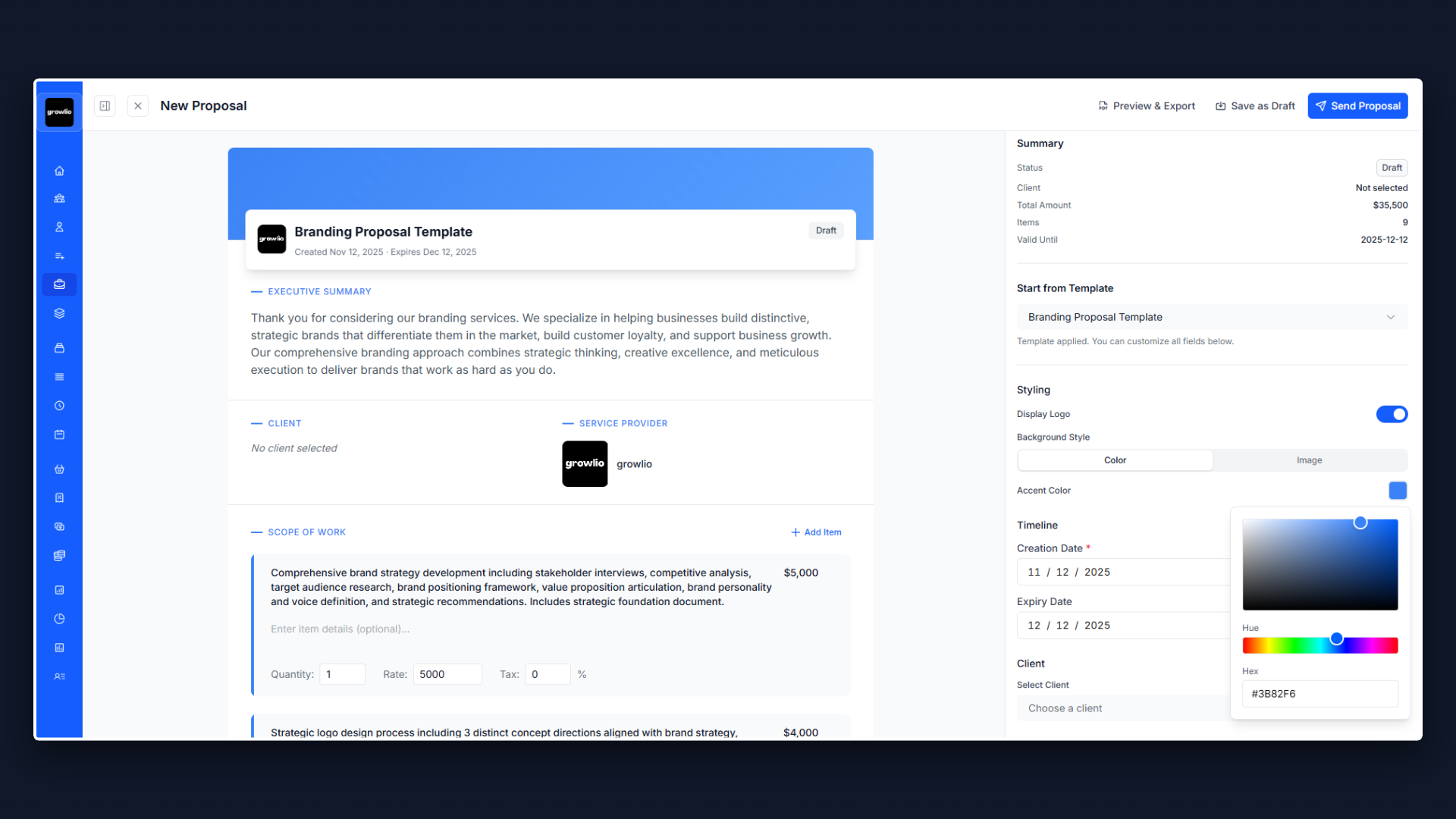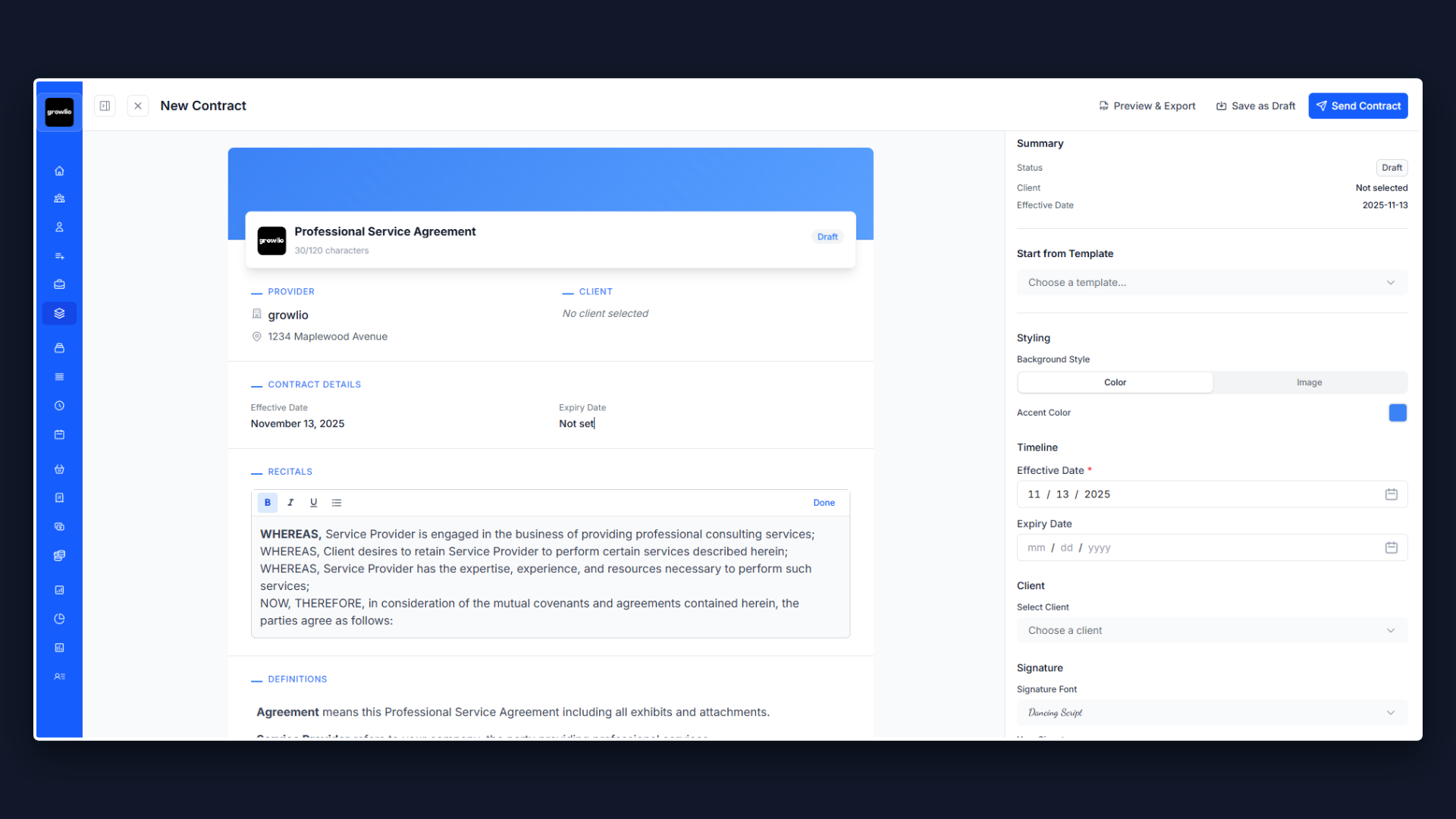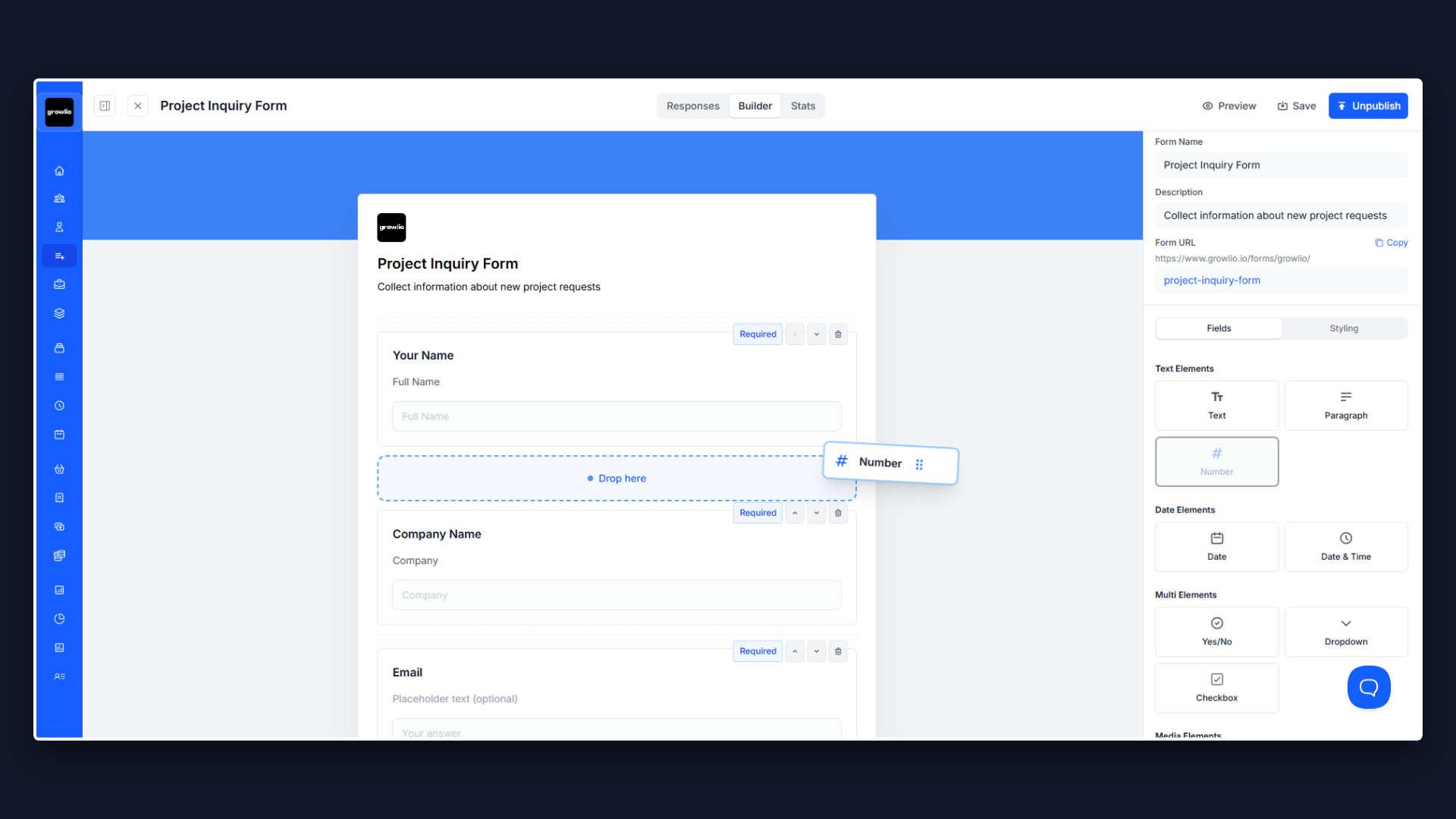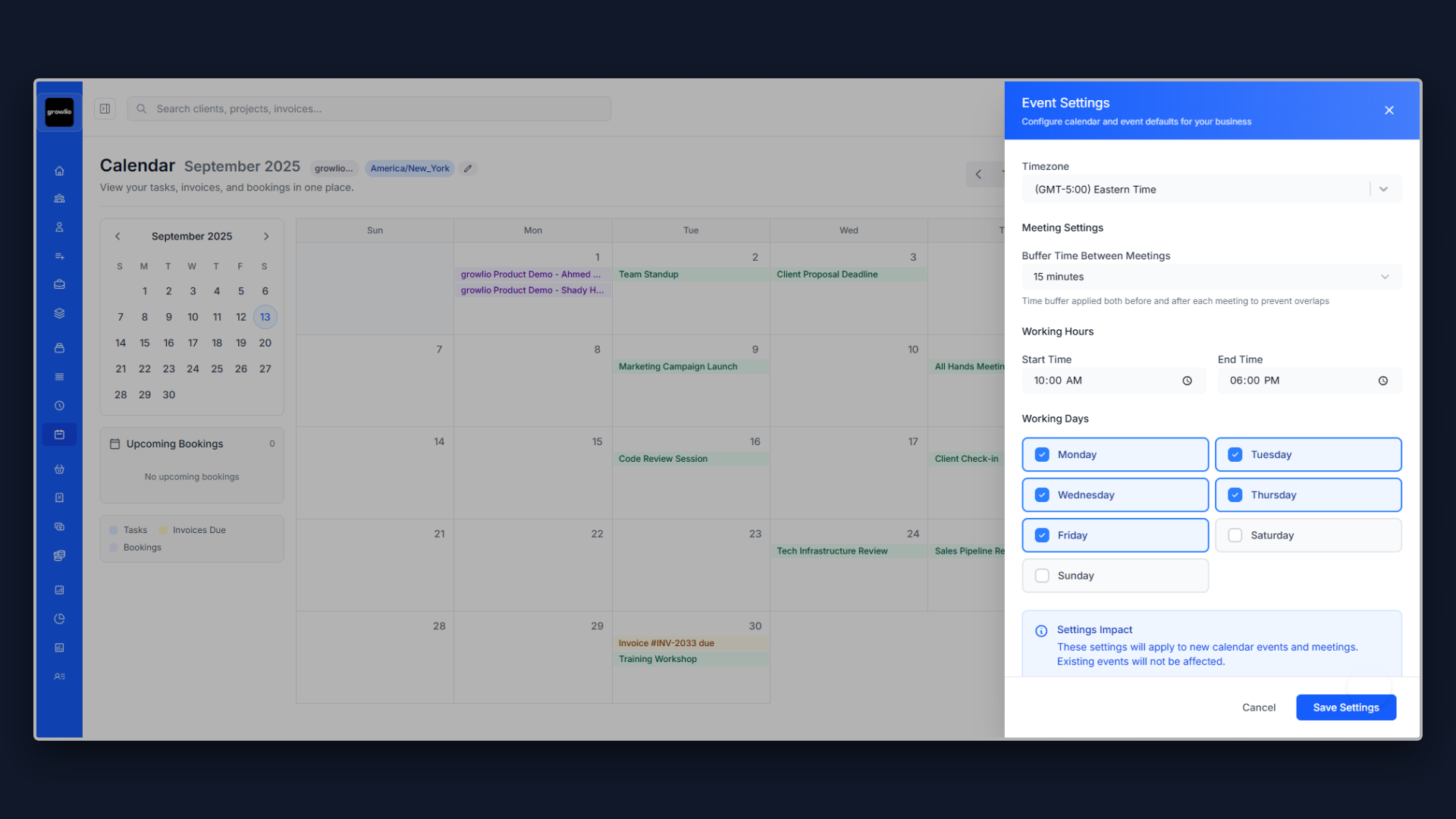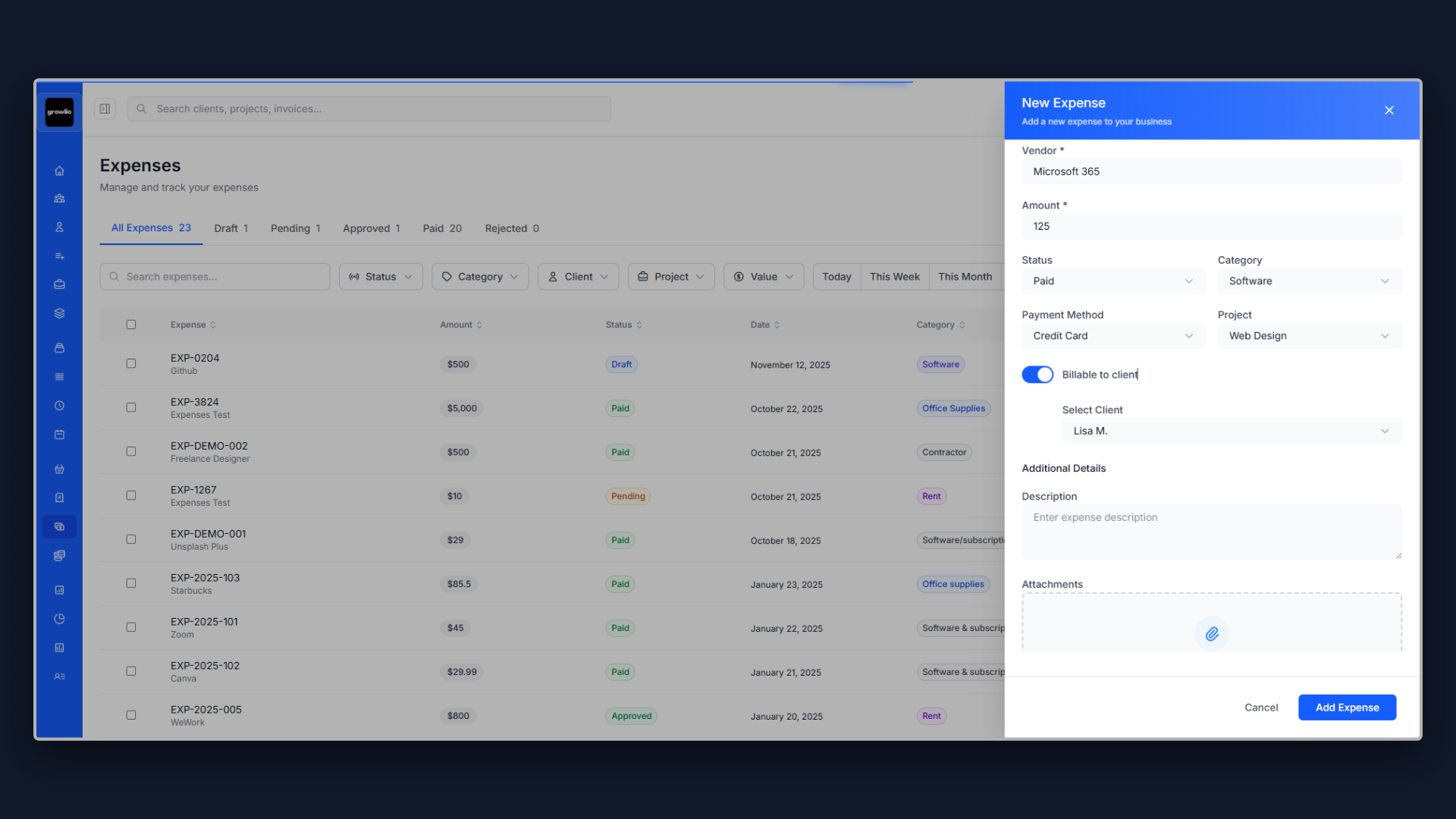Why Your Engineering Design Proposal Makes or Breaks Your Business
Here is what most engineering design firms get wrong: they lead with their CAD software, certifications, and impressive portfolio of past projects. They talk about SolidWorks proficiency, FEA analysis capabilities, and years of experience before understanding what problem the client is trying to solve or what constraints they are working within.
The result? Proposals that read like technical capabilities brochures. Clients cannot differentiate between engineering firms because everyone lists the same software, processes, and certifications. Price becomes the only decision factor. Projects start without clear requirements or manufacturing constraints considered. And six months later, the beautifully engineered design cannot be manufactured at target cost or fails regulatory requirements.
A professional engineering design proposal does something different: it demonstrates you understand that great engineering is not just technical excellence, but solving the right problem within real-world constraints of cost, manufacturability, regulations, and user needs. It educates clients on why upfront requirements definition, design for manufacturing, and prototyping validation prevent the costly redesigns that plague product development. It sets realistic expectations about iteration, testing requirements, and the path from concept to production.
This template gives you the exact framework to create proposals that win engineering design projects at profitable rates while setting projects up for success from concept through manufacturing.
1. Start With Requirements and Constraints, Not Design Solutions
Before discussing CAD models, material selection, or your design process, demonstrate you understand the requirements and constraints driving the project. What problem is the product solving? What are the performance requirements? What are the cost targets? What manufacturing methods are available? What regulatory standards apply? What is the timeline to market?
Your proposal should show preliminary requirements analysis. Address critical constraints: target manufacturing cost per unit, production volume expectations, material restrictions or preferences, size and weight limitations, operating environment conditions, regulatory compliance requirements (UL, CE, FDA, etc.), patent or IP considerations, and timeline pressures for market launch.
For example: "Our preliminary analysis indicates your target retail price of $199 requires a manufacturing cost under $60 to maintain viable margins. At projected volumes of 50,000 units annually, injection molding is feasible, but tooling costs of $40,000-$60,000 must be amortized. This constraint drives material selection toward high-impact ABS or PC/ABS blend, and design decisions around part consolidation to minimize tool count. Before detailed design, we recommend finalizing volume projections as they fundamentally impact design approach."
This approach shows you understand engineering in business context, not just technical problem-solving.
2. Requirements Definition and Specifications Development
The most expensive engineering mistakes come from incomplete or incorrect requirements. Your proposal should position requirements definition as critical foundation, not bureaucratic overhead.
Detail requirements gathering process: stakeholder interviews to understand vision and priorities, user research to validate needs and use cases, competitive product analysis to understand market expectations, technical requirements documentation, performance specifications and acceptance criteria, regulatory and compliance requirements identification, and design constraint documentation (cost, size, weight, materials, manufacturing).
Explain specification development: functional requirements defining what product must do, performance specifications with measurable criteria, environmental requirements (temperature, humidity, shock, vibration), safety requirements and standards compliance, reliability and lifecycle expectations, user interface and ergonomic requirements, and aesthetic and branding guidelines.
Address why thorough requirements matter: designing to wrong requirements wastes entire budget, missed requirements discovered late cause expensive redesigns, unclear specifications lead to endless revision cycles, overlooked regulatory requirements delay launch or require recertification, and insufficient performance specs result in over-engineered expensive solutions.
Set expectations: requirements process reveals conflicts requiring prioritization, some requirements will prove technically infeasible or cost-prohibitive, iteration and refinement are normal, and documented requirements prevent scope creep and disputes.
3. Concept Development and Design Alternatives
Great engineering explores multiple approaches before committing to detailed design. Your proposal should emphasize concept exploration as value-added service, not extra cost.
Outline concept development process: brainstorming multiple design approaches, sketching and preliminary CAD for concept visualization, feasibility analysis for each concept, cost estimation at concept level, manufacturing approach evaluation, pros and cons analysis for each option, and stakeholder review and concept selection.
Explain concept evaluation criteria: technical feasibility and risk, manufacturing feasibility and cost, performance against requirements, development timeline implications, IP and competitive differentiation, user experience and ergonomics, and alignment with brand and aesthetic goals.
Address value of exploring alternatives: prevents locking into suboptimal approach too early, identifies technical risks before major investment, enables cost-performance tradeoff discussions, builds client confidence through transparent evaluation, and often reveals innovative solutions not initially considered.
Set expectations: some concepts will prove infeasible upon analysis, best concept may not be initially favored one, tradeoffs require client decision-making, and time invested in concepts pays dividends in detailed design phase.
4. Detailed CAD Design and 3D Modeling
Once concept is selected, detailed design brings the product to life. Your proposal should outline thorough CAD development process and deliverables.
Detail CAD design approach: parametric 3D modeling in professional CAD software (SolidWorks, Creo, Inventor, etc.), assembly modeling showing all components and interactions, design for assembly (DFA) principles, tolerance analysis and stack-up studies, material specification for each component, surface finish and texture specifications, and design documentation and drawings.
Explain CAD deliverables: 3D CAD models in native and neutral formats (STEP, IGES), 2D engineering drawings with GD&T, bill of materials with specifications, assembly instructions and exploded views, rendering and visualization for marketing, and design files organized and documented.
Address CAD best practices: design for manufacturing from the start, parametric modeling enabling easy revision, proper constraints and relations for design intent, configuration management for versions, documentation of design decisions and assumptions, and file organization for handoff to manufacturing.
Set expectations: detailed design reveals issues not apparent in concepts, some iterations will be required based on analysis, client feedback drives refinement, and proper CAD development takes time but prevents manufacturing issues.
5. Design for Manufacturing and Assembly
The best design is worthless if it cannot be manufactured cost-effectively. Your proposal should emphasize DFM as integrated part of design, not afterthought.
Outline DFM approach: selecting manufacturing processes based on volume and cost (injection molding, CNC machining, casting, stamping, 3D printing, etc.), designing parts for chosen processes (draft angles, wall thickness, undercuts, tolerances), part consolidation to reduce assembly cost, fastener and joining method selection, material selection balancing performance and cost, and supplier consultation during design.
Detail DFM considerations: injection molding design rules (wall thickness, draft, gate location, ejection), CNC machining considerations (tool access, setup reduction, material utilization), sheet metal design (bend radii, hole spacing, material grain), casting design (draft, wall thickness, parting lines), assembly complexity and labor cost, and tolerance specification balancing function and cost.
Address design for assembly (DFA): minimizing part count through consolidation, designing for easy assembly with clear orientation, reducing fastener types and counts, eliminating adjustments during assembly, designing for automated assembly if volume justifies, and error-proofing assembly process.
Set expectations: DFM often requires design iteration, some aesthetic preferences may conflict with manufacturing efficiency, tooling costs influence design decisions, and early supplier input prevents later surprises.
6. Material Selection and Engineering Analysis
Material choices profoundly impact performance, cost, and manufacturability. Your proposal should demonstrate rigorous material selection and validation approach.
Detail material selection process: identifying performance requirements (strength, stiffness, temperature, chemical resistance), evaluating candidate materials against requirements, considering manufacturing process compatibility, analyzing cost and availability, assessing environmental and sustainability factors, and validating selection through testing or analysis.
Explain engineering analysis: finite element analysis (FEA) for stress and deflection, thermal analysis for heat dissipation or operating temperature, modal analysis for vibration and resonance, fatigue analysis for lifecycle durability, computational fluid dynamics (CFD) if applicable, and tolerance analysis for assembly and function.
Address analysis deliverables: FEA reports with stress plots and safety factors, thermal simulation results, vibration and modal analysis, design optimization recommendations, and validation against requirements.
Set expectations: analysis reveals design weaknesses requiring iteration, some assumptions may prove incorrect requiring material or design changes, proper analysis prevents field failures, and validation testing may still be required for critical applications.
7. Prototyping and Physical Validation
Digital design must be validated physically. Your proposal should outline prototyping strategy appropriate for project stage and budget.
Explain prototyping approaches: 3D printing for form and fit validation (FDM, SLA, SLS), CNC machining for functional prototypes with production materials, urethane casting for production-like parts, prototype tooling for injection molded parts, and hybrid approaches combining methods.
Detail prototype purposes: proof of concept validating technical approach, form and fit verification of geometry and assembly, functional testing of performance and durability, user testing for ergonomics and experience, design verification testing against specifications, and manufacturing process validation.
Address prototype iteration: initial prototypes reveal design issues, testing drives design refinement, multiple prototype rounds are typical, each iteration increases fidelity toward production, and budget should account for iteration.
Set expectations: prototypes are not production parts and may have limitations, some testing requires production-representative parts not achievable with prototypes, prototype costs vary widely by method and quantity, and timeline must account for prototype lead times.
8. Testing, Validation, and Certification
Products must meet performance requirements and regulatory standards. Your proposal should outline comprehensive testing and certification approach.
Detail testing strategy: design verification testing (DVT) against specifications, environmental testing (temperature, humidity, shock, vibration, etc.), durability and lifecycle testing, safety testing for standards compliance, user testing for usability and experience, and production validation testing (PVT) on pilot run parts.
Explain regulatory compliance: identifying applicable standards and regulations (UL, CSA, CE, FCC, FDA, etc.), working with certification labs and test houses, designing for compliance from the start, documentation requirements for certification, and timeline and cost for certification process.
Address test planning: developing test plans and protocols, defining acceptance criteria, identifying test equipment and facilities needed, planning for potential test failures and iteration, and documentation of test results.
Set expectations: testing almost always reveals issues requiring design changes, certification is iterative process with potential failures, testing and certification add significant time and cost, and some tests can only be performed on production-representative parts.
9. Documentation and Technical Communication
Comprehensive documentation enables manufacturing, assembly, and ongoing support. Your proposal should outline documentation deliverables.
Detail documentation deliverables: engineering drawings with GD&T, bill of materials with specifications, assembly instructions with diagrams, design specifications and requirements traceability, test reports and validation documentation, certification documentation, manufacturing process documentation, and maintenance and service documentation.
Explain documentation standards: following industry drawing standards (ASME Y14.5), using proper GD&T for tolerance specification, creating clear and unambiguous specifications, documenting design intent and critical characteristics, and organizing documentation for easy reference.
Address technical communication: presenting design reviews to stakeholders, communicating with manufacturing partners, explaining design decisions and tradeoffs, training client team on design and documentation, and facilitating design transfer to production.
Set expectations: thorough documentation takes time but prevents manufacturing errors, documentation evolves throughout project, client review and approval required, and good documentation reduces ongoing support burden.
10. Design for Cost and Value Engineering
Meeting cost targets often requires creative problem-solving. Your proposal should position cost optimization as ongoing discipline, not one-time activity.
Outline cost optimization approach: target costing from requirements phase, design to cost throughout development, value engineering to eliminate unnecessary cost, supplier collaboration for cost reduction ideas, and make versus buy analysis.
Detail value engineering process: analyzing each component for cost drivers, challenging requirements that drive cost without proportional value, identifying over-specification and over-design, exploring alternative materials or processes, simplifying designs to reduce part count and complexity, and validating cost reductions do not compromise quality or function.
Address cost versus performance tradeoffs: identifying which requirements are firm versus negotiable, quantifying performance impact of cost reductions, presenting tradeoff options to client, and documenting cost-benefit analysis for decisions.
Set expectations: aggressive cost targets may require performance compromises, some cost reductions require tooling or volume commitments, reaching cost targets may require multiple iterations, and client involvement in tradeoff decisions is essential.
11. Intellectual Property and Design Protection
Protecting design IP has significant business value. Your proposal should address IP considerations proactively.
Discuss IP strategy: patent search for prior art, patentability analysis for novel features, design patent versus utility patent considerations, trademark considerations for product name and branding, trade secret protection for proprietary designs, and IP ownership and licensing.
Explain design around existing IP: freedom to operate analysis, identifying competitor patents, designing around existing patents when necessary, and documenting non-infringement.
Address IP deliverables: documenting invention disclosures, supporting patent application preparation, providing CAD models and drawings for patent illustrations, and maintaining confidentiality during development.
Set expectations: patent process is separate from design with its own timeline and cost, patentability is not guaranteed, design constraints may emerge from IP landscape, and client typically owns IP with your assignment.
12. Manufacturing Support and Production Transition
Engineering responsibility does not end at design completion. Your proposal should outline manufacturing support through production launch.
Detail manufacturing support: selecting and qualifying manufacturing partners, reviewing tooling designs and approval, first article inspection and approval, supporting pilot production runs, resolving manufacturing issues during ramp, training manufacturing staff on critical aspects, and design changes for manufacturing optimization.
Explain production transition: design transfer documentation package, manufacturing process development, quality control and inspection planning, production validation testing, corrective action support for issues, and ongoing engineering support during ramp.
Address post-launch support: engineering change order (ECO) process, supporting cost reduction initiatives, resolving field issues if they arise, design updates for product improvements, and documentation updates for changes.
Set expectations: production ramp reveals issues not apparent in prototypes, some design changes will be required, manufacturing support is time-intensive during launch, and ongoing relationship supports product success.
